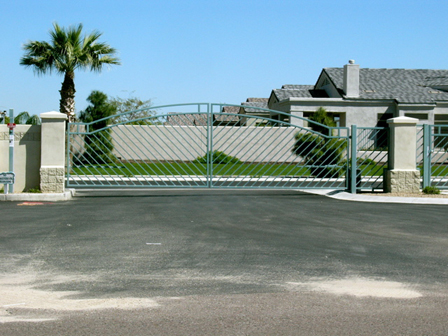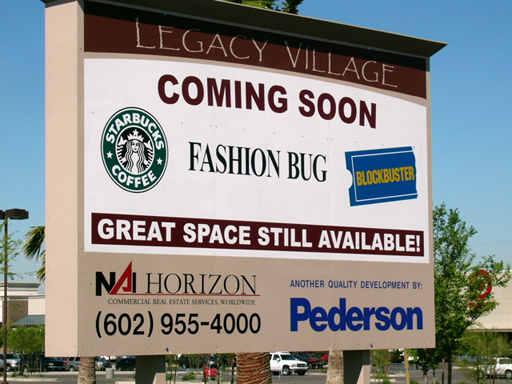|
|
|
Where are The New Rich In South Phoenix?
Aloysius CaneteOne salient feature in the landscape of the new South Phoenix is the mushrooming of upscale, gated subdivisions. But while we see the influx of what I called here the “new rich” in these subdivisions in South Phoenix, there seems to be less interest shown by students to understand this social group. It is understandable why urban studies students are averse to studying the rich people for they themselves have been reluctant, if not resistant, to participate in studies involving themselves. Judging from the papers social science researchers have published, it is not hard to conclude that the research social science people do has a subaltern skew.
In an attempt to test the waters in South Phoenix, Matt and I embarked on a project of taking a “windshield tour” in swanky subdivisions in the area, hoping that we could chance upon a resident of these communities who was willing to talk to us. I started out enthusiastic about the prospect of being able to talk to residents of upscale communities, especially their views on the changes unfolding in South Phoenix. However, when we got to one of these communities, it seemed that we met our fate right away. These communities appeared to be deserted like a ghost town except that residents, I believe, were ensconced in their million-dollar worth home. Unlike in low-income neighborhoods, the chances of running into someone who is willing to be interviewed are low in such subdivisions. There is less likely for a serendipitous interview to happen because these communities are virtually empty except of course the working class who are working on the last remaining unfinished houses.
Another difficulty is obvious. Most if not all of these communities are gated. The gates are not only literally fortifying these communities from unsafe streets and neighborhoods in South Phoenix; they are also symbols of class and racial segregation. While gated communities create a fear of the “other,” the gated architecture reinforces the notion that the wealthy class is inaccessible in their own private homes. The gates in short are both material and symbolic barriers to social interaction, not just from researchers but also from people belonging to different class and racial groups. The outcomes of this fortress-like structure are practices that are exclusionary in nature and do not seem to regard values that valorizes public space and multicultural ideals. Having said this, it comes as no surprise to me why the narratives of the new rich in South Phoenix are overlooked, if not downplayed, in the story of South Phoenix. 24 March 2006 |
|



